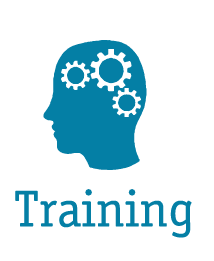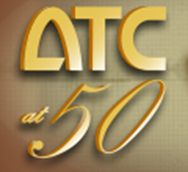ATC/SEAOC Training Curriculum: The Path to Quality Seismic Design and Construction (ATC-48)
Curriculum Briefing Papers:
- Building Safety and Earthquakes
- Roles and Responsibilities of Engineers, Architects, and Code Enforcement Officials
- Seismic Response of Wood Frame Construction
- Seismic Response of Concrete and Masonry Construction
- Seismic Response of Nonstructural Components
- Seismic Code Requirements for Anchorage of Nonstructural Components
Job Aids:
Wood Frame Construction
Concrete and Masonry Construction
- Designer Checklist for Masonry Construction
- Inspection Checklist for Masonry Construction
- Class B Lap Splice Table
Nonstructural Building Components
- Standard Details for Bracing of Suspended Ceilings and Standard Detail for Bracing Interior Non-Load-Bearing Partitions, with supporting documentation conforming to the 1997 Uniform Building Code (or download as an AutoCadtm file).
** Disclamer: While the information presented in these details is believed to be correct, the Applied Technology Council, the Structural Engineers Association of California, and the California Seismic Safety Commission assume no responsibility for its accuracy. These details should not be used nor relied upon for any specific application without competent examination and verification of their accuracy, suitability, and applicability by qualified professionals. Users of this information assume all liability arising from such use.** - Coordination Matrix for Nonstructural Building Component Anchorage or Bracing




